Voltage Signal Standards for Electric Actuators – GB/T 3369.2—2008/IEC 60381-2:1978
Applicable Standards for Electric Actuator Voltage Signals (1-5V, 2-10V, 0-5V, 0-10V): Analogue Signals for Process Control Systems – Part 2: Direct Voltage Signals (GB/T 3369.2—2008/IEC 60381-2:1978)IEC 60381-2-1978, IDT Preface GB/T 3369.2—2008/IEC 60381-2:1978 – Analogue Signals for Process Control Systems – Part 2: Direct Voltage Signals The GB/T 3369 standard consists of the following two parts: […]
Comparaison des performances de résistance aux interférences : 4-20mA VS. 2-10V
In the application of electric actuators’ anti-interference performance, the 4-20mA analog signal significantly outperforms the 2-10V analog signal. Why is this the case? 2-10V Signal Analysis Anti-interference Diagram for 2-10V Signal (DCL Huayi Intelligent Control) As shown in the diagram above: When using 2-10V, due to the higher input resistance on the module (R=34K), the […]
Bus couramment utilisés pour les actionneurs électriques
An increasing number of industrial control systems are deploying field buses to control more sensors and actuators. As a key actuator in fluid control processes, electric actuators are commonly used in industrial applications. The most frequently used bus systems for electric actuators include Modbus, CAN, Profibus, DeviceNet, Foundation Fieldbus, HART, and Ethernet. Common Bus Systems […]
EN15714-2 Classification des commandes d'actionneurs électriques (service)
Control Duty Classifications: Class A: ON-OFF Type (On/Off) Function: The actuator is required to drive the valve through its entire stroke from fully open to fully closed (and vice versa). Typical Use: Applications where valves are either fully open or fully closed. Class B: Fine-Tuning/Positioning Adjustment Type Function: The actuator occasionally moves the valve to […]
Quand choisir un actionneur de contrôle de processus ?
Application Background of Process Control Actuators In many process control systems, it is necessary to achieve highly accurate and consistent control of the flow rate of liquids or gases through an automated control system (PLC/DCS). Due to the high precision required, such systems often need to make continuous and precise small adjustments to control valves […]
Essais d'interférence électromagnétique pour les actionneurs électriques (EFT)
The Increasingly Harsh Electromagnetic Environment in Industrial Sites As industrial electrification and intelligence continue to advance, an increasing number of high-power electrical devices (such as kilowatt-level motors, frequency converters, and inverters) are being integrated into industrial process control systems. Consequently, the electromagnetic environment in industrial sites is becoming more complex. In such a challenging electromagnetic […]
Types courants de vannes et leurs caractéristiques
Butterfly Valve Working Principle: A butterfly valve uses a disc to control the flow of fluids or gases. The disc is mounted on a shaft, and when the handle is turned, the disc rotates 90 degrees to allow or block the flow. Features: Simple structure, compact size, low flow resistance, commonly used in large flow […]
Indices de protection des boîtiers (UL, CSA, NEMA)
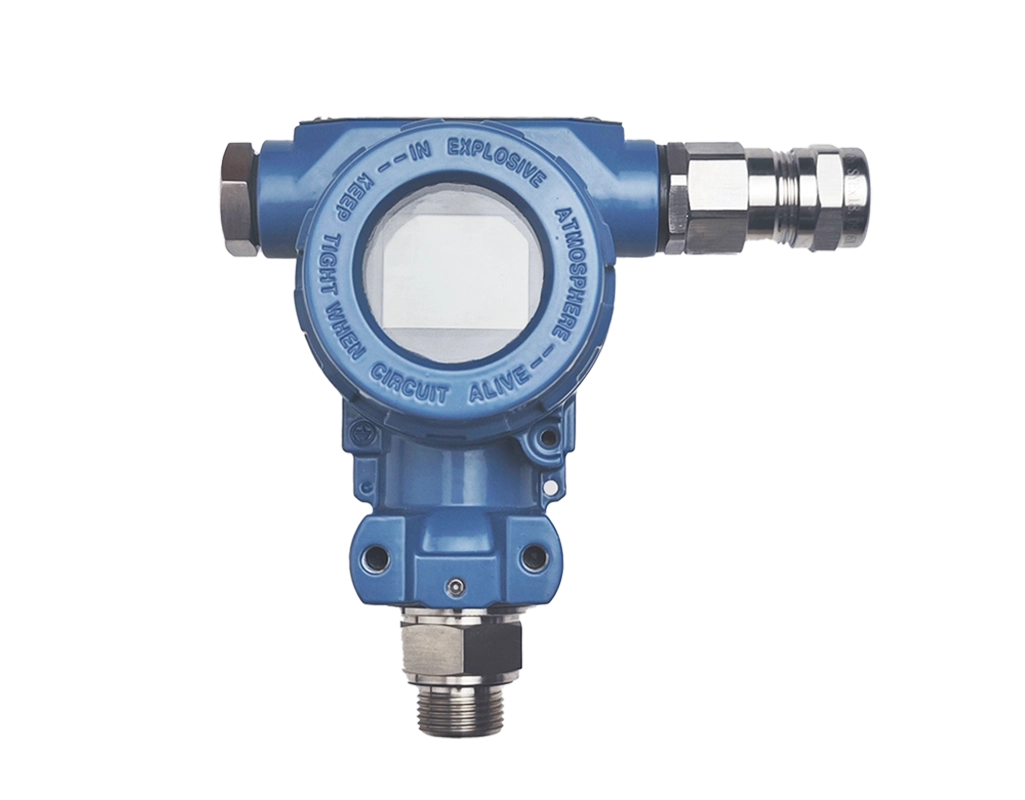
The protection ratings for enclosures defined by UL, CSA, and NEMA are categorized as follows. While the classifications are generally similar, there are minor differences in the details, so it is advisable to refer to the specific standards for more precise information. Type Classification Definition 1 General For indoor use, providing protection for enclosed components […]
Protection IP de l'actionneur contre la poussière et l'eau

IP Protection Rating DefinitionThe IP (Ingress Protection) rating defines the protection level of a product’s enclosure against the intrusion of solid objects (such as tools, fingers, dust, etc.) and the ingress of water (from condensation, washing, immersion, etc.). The two digits following “IP” indicate the protection levels for solid objects and water intrusion. The first […]
Fonctionnement des actionneurs avec fonctions de bus - Modbus, CAN, Ethernet, Profibus
When you install a DCL electric control valve with bus functionality on a pipeline, you can control a set of electric control valves through the bus (Modbus, CAN, Ethernet, Profibus) to achieve synchronized control of the valve cluster. The control system communicates with the actuator via a bus communication protocol, sending commands to control the […]

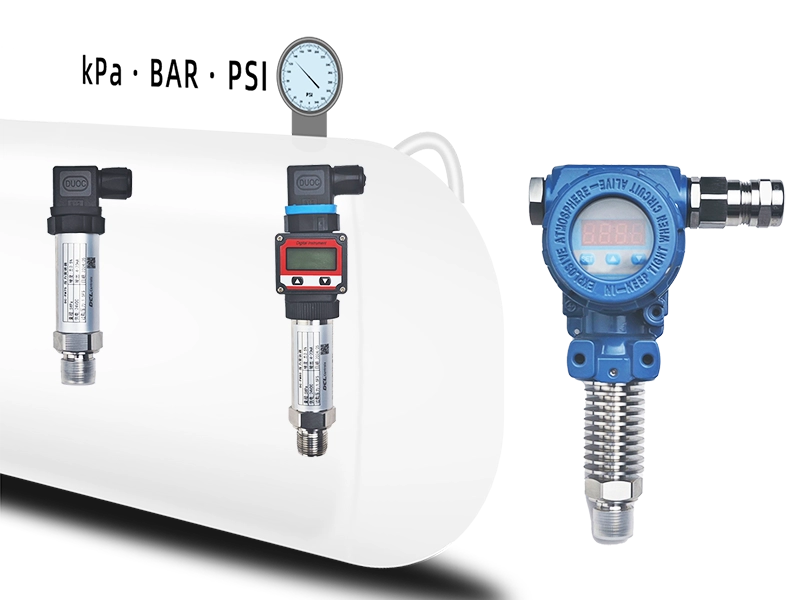
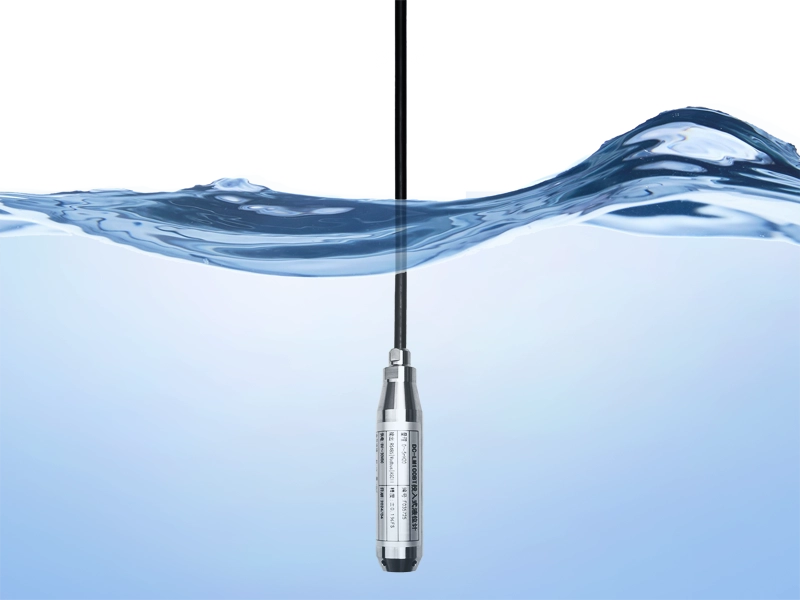




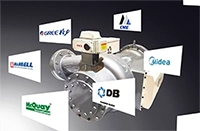


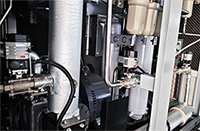



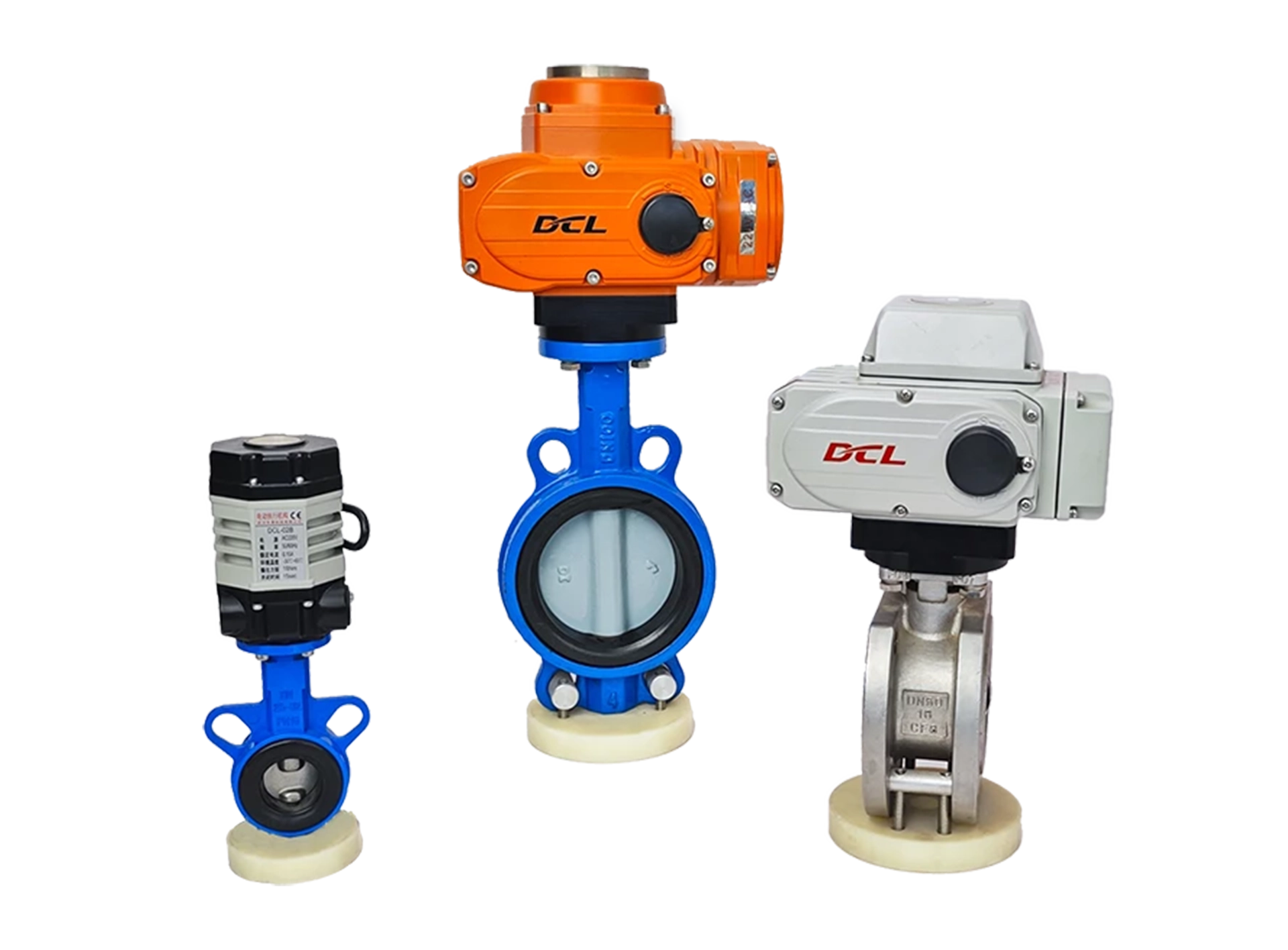












 鄂公网安备 42018502006527号
鄂公网安备 42018502006527号